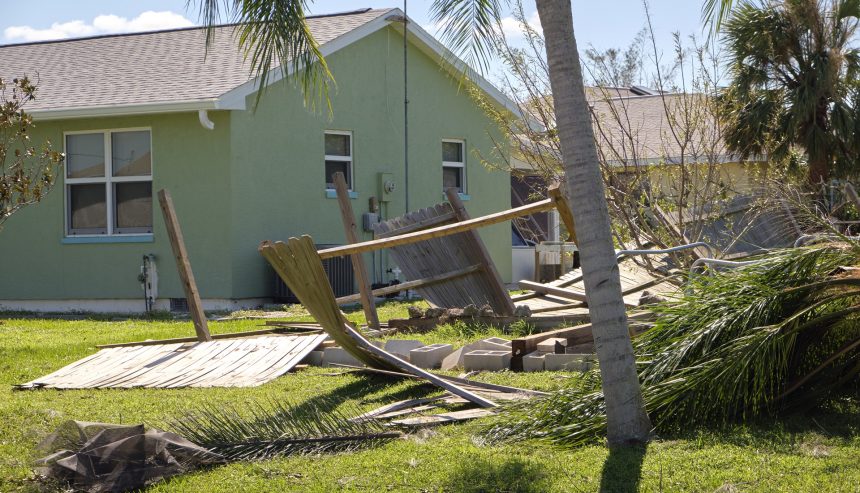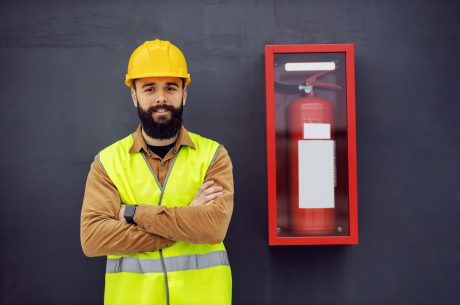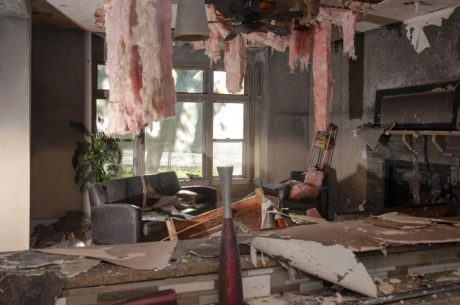As many Floridians know, living in the Sunshine State comes with its fair share of risks, especially when hurricane season rolls around. While we can’t control the weather, there are crucial steps that homeowners and business owners can take to protect their properties from the potential devastation these storms can bring.
Hurricanes are more than just strong winds and rain – they can cause widespread flooding, storm surges, and wind-borne debris hazards. It’s not uncommon for hurricane damage to lead to significant disruption, necessitating extensive water and fire damage restoration. With this in mind, it’s imperative to be proactive when it comes to protecting our homes and commercial buildings to minimize potential damages and save valuable time and resources during the recovery process.
In this article, we’ll cover critical aspects of hurricane preparedness for Florida property owners, including optimizing your property’s structural safety, having a solid emergency plan in place, and tips on what to do both during and after the storm. In addition, we’ll discuss the importance of being mindful of your property’s insurance coverage and knowing who to turn to in the aftermath of hurricane damage.
Property Protection: Fortifying Your Florida Home or Business Against Hurricanes
1. Windows and doors: Upgrade to impact-resistant windows and doors designed to withstand powerful winds and flying debris. Ensure that all doors have proper weatherstripping and durable deadbolt locks.
2. Roofs: Regularly inspect your roof for loose, damaged, or missing shingles. Install hurricane straps and braces to reinforce the connection between your roof and the walls of your property – this will help prevent the roof from being torn off during high winds.
3. Garage doors: Reinforce garage doors with vertical braces or replace them with doors specifically designed to withstand hurricane winds.
4. Landscaping: Trim trees and shrubbery around your property to minimize windborne debris hazards. Secure or store any patio furniture or outdoor items that could become airborne during a hurricane.
Developing a Comprehensive Emergency Plan
1. Assemble a disaster kit: Your disaster kit should include essential items such as food, water, medications, clothing, and important documents. Be sure to have enough supplies to sustain your family or employees for a minimum of 72 hours.
2. Create an evacuation plan: Familiarize yourself with local evacuation routes and shelters. If possible, make arrangements in advance to stay with friends or family outside of the evacuation zone.
3. Communication plan: Establish a communication plan for family or employees during the storm since normal communication channels might be disrupted. Designate an out-of-state contact for everyone to check-in with to confirm their safety.
4. Safety precautions: Equip your property with a weather radio to stay informed on storm developments. Familiarize yourself with how to properly turn off utilities such as electricity, water, and gas, in case of an emergency.
Preparedness and Safety During a Hurricane
1. Stay informed: Keep tabs on the storm’s progress and any safety instructions issued by local authorities. A weather radio, mobile device with emergency alerts, or local news broadcasts can help you stay updated.
2. Secure your property: Activate your emergency plan and prepare your property by closing shutters, locking doors, and moving valuables to higher ground in case of flooding.
3. Flood prevention: Install sandbags around your property to minimize floodwater intrusion. Elevate electric circuit panels, water heaters, and furnaces to avoid water damage.
4. Stay indoors: Do not venture outside during the storm; stay in an interior room without windows to protect yourself from high winds and potential debris.
Post-Hurricane Recovery: Assessing Damages and Ensuring a Safe Return
1. Wait for official communication: Only return to your property once authorities have deemed the area safe for re-entry. Keep in mind that roads might be blocked or closed due to flooding or debris.
2. Assess damages: Carefully inspect your property for any damages triggered by the storm, such as water infiltration, structural damage, or downed trees.
3. Document damages: Take photos and make a list of damaged items for insurance purposes. Keep receipts for any repairs or replacement costs.
4. Seek professional help: If you encounter significant damages or mold growth due to water intrusion, consult a professional restoration company like PuroClean of Naples to assist with water and fire damage restoration services.
Conclusion: Hurricane Preparedness is Critical for the Protection of Florida Properties
Property owners in Florida must remain vigilant, particularly during hurricane season. By understanding the risks associated with hurricanes and adopting proactive measures to prepare, you can significantly reduce the potential damage to your home or commercial building. Taking steps to protect your property, creating a solid emergency plan, and knowing what to do in the aftermath of a storm can make all the difference in ensuring a safe and speedy recovery.
Hurricane preparedness not only protects your property but also contributes to a stronger Florida community, capable of withstanding the challenges of nature. By working together, we can ensure the Sunshine State remains resilient and secure.
Should you ever need assistance with damages sustained during a hurricane, remember that PuroClean of Naples is here to help you restore your home or commercial building with our residential water damage restoration.



